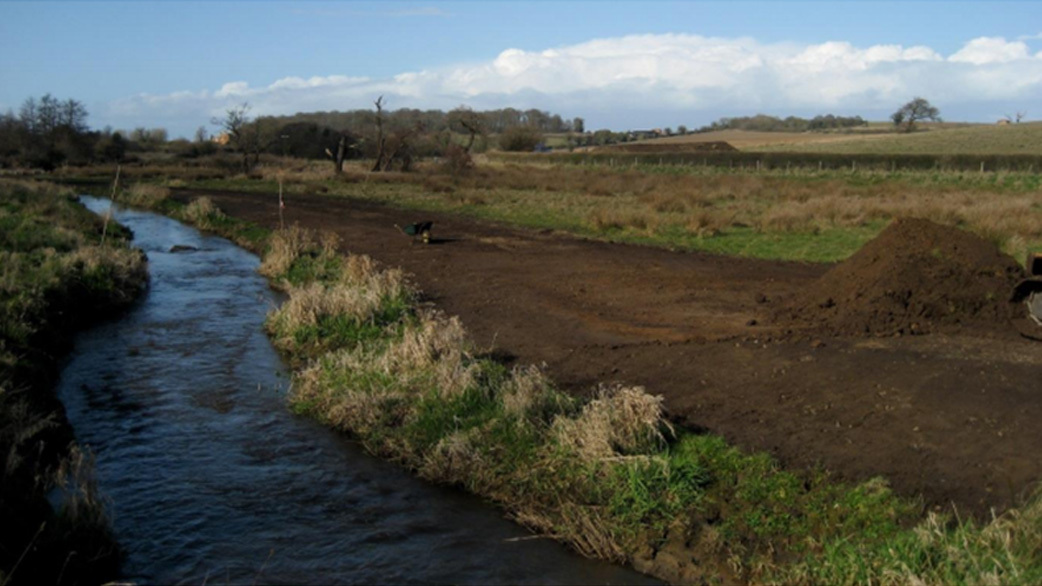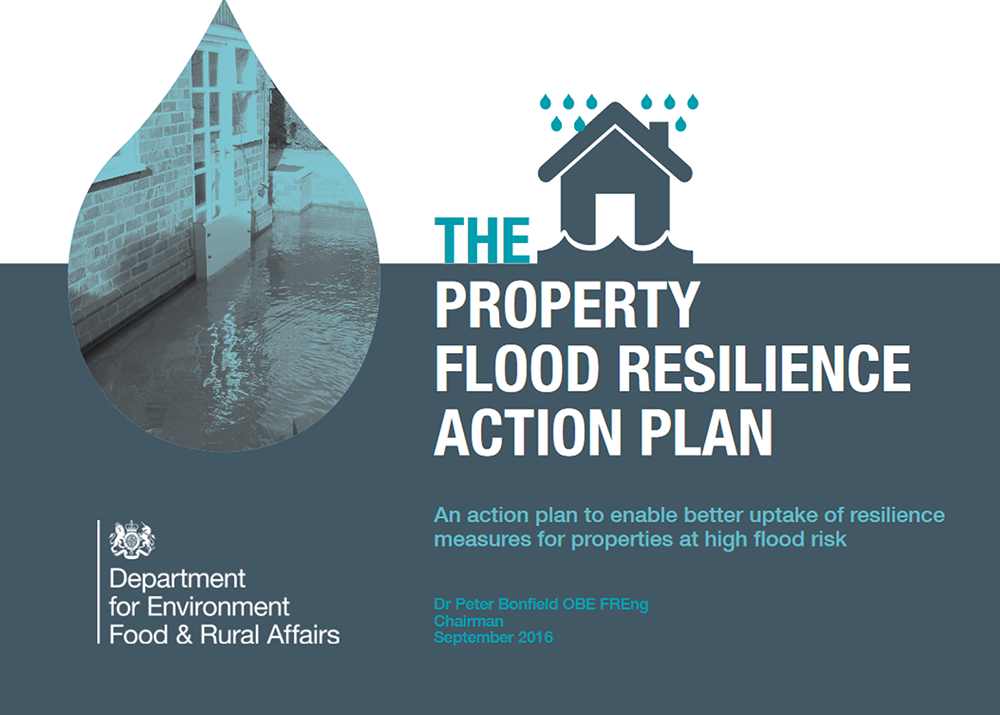
Fig. Embankment removal
(Source: Mark Wilkinson et al., "Case study 5. River Glaven, North Norfolk")
Climate change impacts
The River Glaven, which runs through North Norfolk in the United Kingdom, has historically been used for industrial purposes through the use of water mills. Although these mills are no longer operating, the remaining weirs and floodgates have obstructed the natural flow of the river. To protect agricultural land from flooding, riverbeds have historically undergone extensive dredging, with the soil utilized to create embankments. Consequently, much of the floodplain is separated from the main river system. The current topography raises concerns that increased heavy rain due to climate change may increase the risk of flooding.
Adaptation activity
In 2017, the UK Environment Agency published the “Working with Natural Processes – Evidence Directory," which includes case studies on "Floodplain Wetland Restoration.” By restoring or creating floodplain wetlands close to river channels, this project aims to reduce flood risks and improve ecosystem services by increasing flood storage capacity. This was to be achieved by enhancing connectivity between the river and floodplains and maximizing the flood water that could be stored on floodplains; levees that hindered this connectivity were to be removed to effect this (see figure). In 2009, a 400-meter embankment along the river Glaven was removed, making the riverbank the same height as the surrounding land. In 2010, landowners, environmental organizations, the Environment Agency, and research institutes collaborated to create a narrower, more geomorphically diverse and meandering channel to improve the habitat, ecosystem, and connectivity between the river and floodplain.
Outputs / Expected benefits
Removing the embankment facilitated the inundation of adjacent riparian areas during minor flood events, resulting in widespread floodplain storage when the River Glaven rises (above 1.7m3/s) and flood peak (the highest flow level during a flood event) attenuation of up to 5%. In addition, environmental benefits were observed, such as higher groundwater levels due to infiltration during flooding and increased plant diversity due to more frequent flooding of farmlands.

Fig. Embankment removal
(Source: Mark Wilkinson et al., "Case study 5. River Glaven, North Norfolk")




